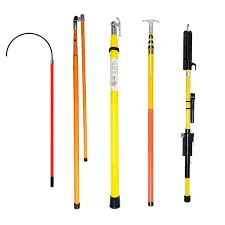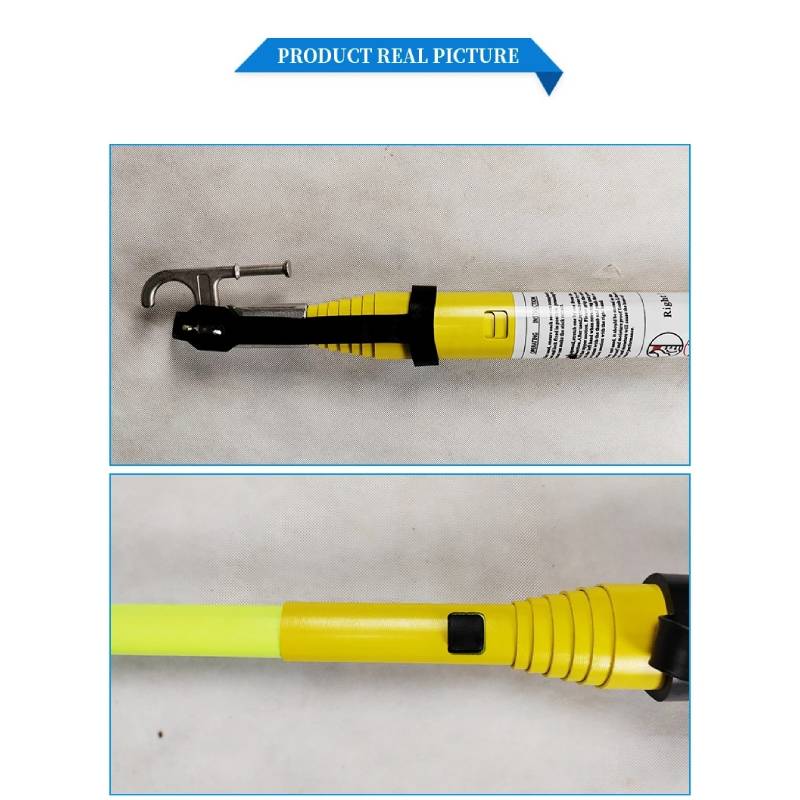
-
 Afrikaans
Afrikaans -
 Albanian
Albanian -
 Amharic
Amharic -
 Arabic
Arabic -
 Armenian
Armenian -
 Azerbaijani
Azerbaijani -
 Basque
Basque -
 Belarusian
Belarusian -
 Bengali
Bengali -
 Bosnian
Bosnian -
 Bulgarian
Bulgarian -
 Catalan
Catalan -
 Cebuano
Cebuano -
 Corsican
Corsican -
 Croatian
Croatian -
 Czech
Czech -
 Danish
Danish -
 Dutch
Dutch -
 English
English -
 Esperanto
Esperanto -
 Estonian
Estonian -
 Finnish
Finnish -
 French
French -
 Frisian
Frisian -
 Galician
Galician -
 Georgian
Georgian -
 German
German -
 Greek
Greek -
 Gujarati
Gujarati -
 Haitian Creole
Haitian Creole -
 hausa
hausa -
 hawaiian
hawaiian -
 Hebrew
Hebrew -
 Hindi
Hindi -
 Miao
Miao -
 Hungarian
Hungarian -
 Icelandic
Icelandic -
 igbo
igbo -
 Indonesian
Indonesian -
 irish
irish -
 Italian
Italian -
 Japanese
Japanese -
 Javanese
Javanese -
 Kannada
Kannada -
 kazakh
kazakh -
 Khmer
Khmer -
 Rwandese
Rwandese -
 Korean
Korean -
 Kurdish
Kurdish -
 Kyrgyz
Kyrgyz -
 Lao
Lao -
 Latin
Latin -
 Latvian
Latvian -
 Lithuanian
Lithuanian -
 Luxembourgish
Luxembourgish -
 Macedonian
Macedonian -
 Malgashi
Malgashi -
 Malay
Malay -
 Malayalam
Malayalam -
 Maltese
Maltese -
 Maori
Maori -
 Marathi
Marathi -
 Mongolian
Mongolian -
 Myanmar
Myanmar -
 Nepali
Nepali -
 Norwegian
Norwegian -
 Norwegian
Norwegian -
 Occitan
Occitan -
 Pashto
Pashto -
 Persian
Persian -
 Polish
Polish -
 Portuguese
Portuguese -
 Punjabi
Punjabi -
 Romanian
Romanian -
 Russian
Russian -
 Samoan
Samoan -
 Scottish Gaelic
Scottish Gaelic -
 Serbian
Serbian -
 Sesotho
Sesotho -
 Shona
Shona -
 Sindhi
Sindhi -
 Sinhala
Sinhala -
 Slovak
Slovak -
 Slovenian
Slovenian -
 Somali
Somali -
 Spanish
Spanish -
 Sundanese
Sundanese -
 Swahili
Swahili -
 Swedish
Swedish -
 Tagalog
Tagalog -
 Tajik
Tajik -
 Tamil
Tamil -
 Tatar
Tatar -
 Telugu
Telugu -
 Thai
Thai -
 Turkish
Turkish -
 Turkmen
Turkmen -
 Ukrainian
Ukrainian -
 Urdu
Urdu -
 Uighur
Uighur -
 Uzbek
Uzbek -
 Vietnamese
Vietnamese -
 Welsh
Welsh -
 Bantu
Bantu -
 Yiddish
Yiddish -
 Yoruba
Yoruba -
 Zulu
Zulu


TEL:
0086-311-88862036
2 сар . 10, 2025 11:38 Back to list
1 2 ton chain hoist for sale
Understanding the intricacies of purchasing industrial hardware like a 25-ton shackle can be a decisive factor in operational efficiency and cost management for many industries. Shackles, especially those with high tonnage, are pivotal for industries including shipping, construction, and heavy machinery. When evaluating the price of a 25-ton shackle, several factors must be considered to ensure that you not only get the best value but also maintain safety and compliance standards.
Purchasing directly from manufacturers or through accredited dealers can often result in price variations. Manufacturers might offer bulk purchase discounts, which can reduce the cost per unit. On the other hand, authorized distributors might provide better customer service and warranty options, which are crucial for continued operation and maintenance. Regarding expertise, consulting with industry professionals or engineers who understand the specifics of your application’s requirements is invaluable. Their insights into the appropriate Working Load Limit (WLL) and safety factor are critical to selecting the right shackle. Mismatched equipment not only poses safety risks but can lead to significant financial liabilities through operational inefficiencies or accidents. When it comes to trustworthiness, purchasing from reputable suppliers with credentials and positive industry reviews enhances your assurance of receiving a product that adheres to the quoted specifications. Checking for past client testimonials or case studies where the supplier has successfully outfitted similar projects can provide further confidence. The price of a 25-ton shackle is not merely a factor of raw material cost or base production. It encapsulates the assurance of performance, safety, and compliance with the stringent demands of industrial use. Informed decision-making, supported by expert advice and validated reviews, forms the backbone of a successful procurement process, ensuring operational efficacy and worker safety. Conclusively, while the upfront cost is a crucial consideration, total lifetime value, incorporating longevity and safety compliance, truly determines the shackles’ worth in your operation. Balancing these elements with expert guidance ensures that your investment in shackles meets both economic and operational benchmarks.


Purchasing directly from manufacturers or through accredited dealers can often result in price variations. Manufacturers might offer bulk purchase discounts, which can reduce the cost per unit. On the other hand, authorized distributors might provide better customer service and warranty options, which are crucial for continued operation and maintenance. Regarding expertise, consulting with industry professionals or engineers who understand the specifics of your application’s requirements is invaluable. Their insights into the appropriate Working Load Limit (WLL) and safety factor are critical to selecting the right shackle. Mismatched equipment not only poses safety risks but can lead to significant financial liabilities through operational inefficiencies or accidents. When it comes to trustworthiness, purchasing from reputable suppliers with credentials and positive industry reviews enhances your assurance of receiving a product that adheres to the quoted specifications. Checking for past client testimonials or case studies where the supplier has successfully outfitted similar projects can provide further confidence. The price of a 25-ton shackle is not merely a factor of raw material cost or base production. It encapsulates the assurance of performance, safety, and compliance with the stringent demands of industrial use. Informed decision-making, supported by expert advice and validated reviews, forms the backbone of a successful procurement process, ensuring operational efficacy and worker safety. Conclusively, while the upfront cost is a crucial consideration, total lifetime value, incorporating longevity and safety compliance, truly determines the shackles’ worth in your operation. Balancing these elements with expert guidance ensures that your investment in shackles meets both economic and operational benchmarks.
Next:
Latest news
What Are Construction Tools and How Are They Used?
NewsJul.11,2025
Professional-Grade Duct Rodding Tools for Superior Cable Installation
NewsJul.11,2025
Enhancing Safety and Efficiency with Modern Hot Stick Solutions
NewsJul.11,2025
Empowering Cable Installation with Advanced Rodder Solutions
NewsJul.11,2025
Elevate Your Cable Installation Projects with Cable Pulling Tools
NewsJul.11,2025
Efficient Cable Handling Solutions: Cable Rollers for Sale
NewsJul.11,2025
Copyright © 2025 Shijiazhuang Bilo Import and Export Trading Co., Ltd. All Rights Reserved. Sitemap | Privacy Policy

BlLo lmport & Éxport is specialized in power and cable equipment andconsiruction tools,Qur main producis are FRP
duct rodder, cable rollerscable pulling winch, cable drum jack, cable pulling sock, etc.
Copyright © 2025 Shijiazhuang Bilo Import and Export Trading Co., Ltd. All Rights Reserved. Sitemap | Privacy Policy










